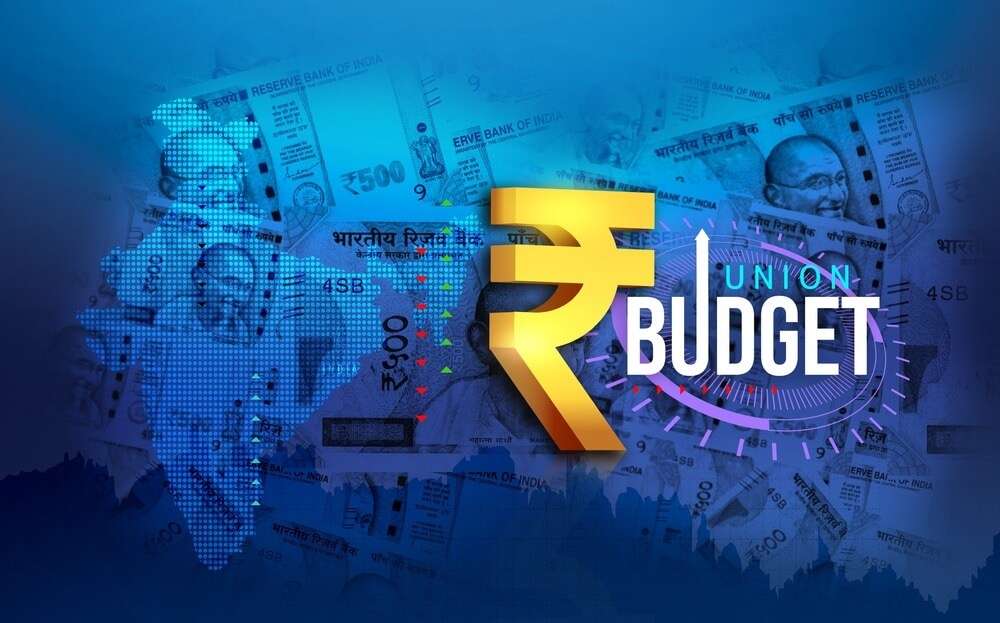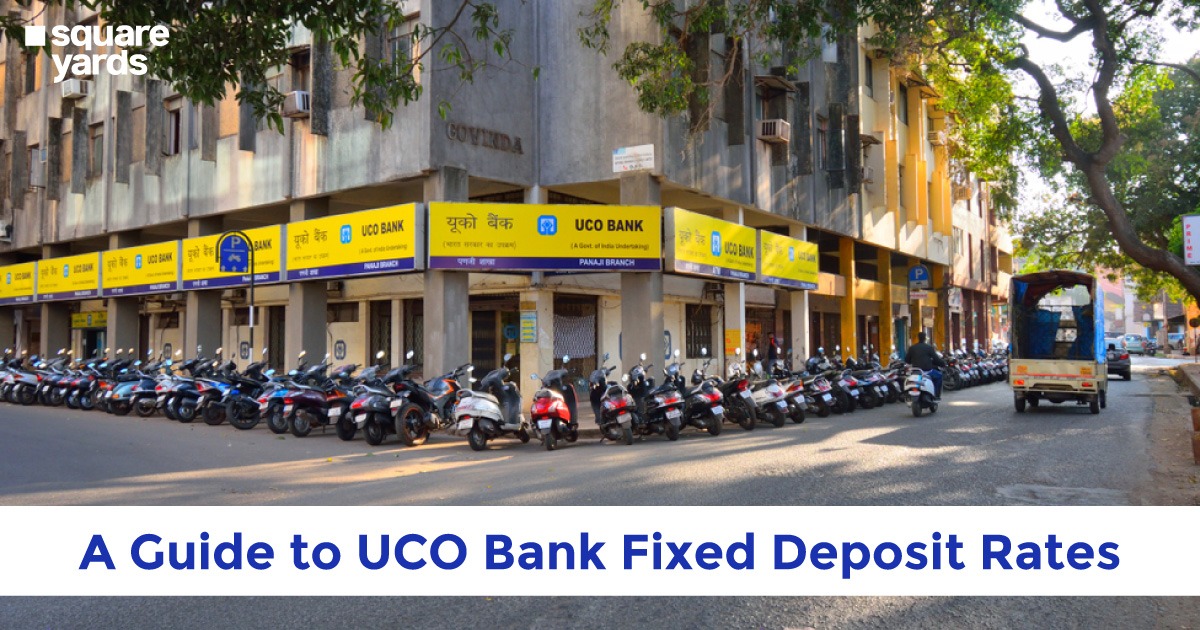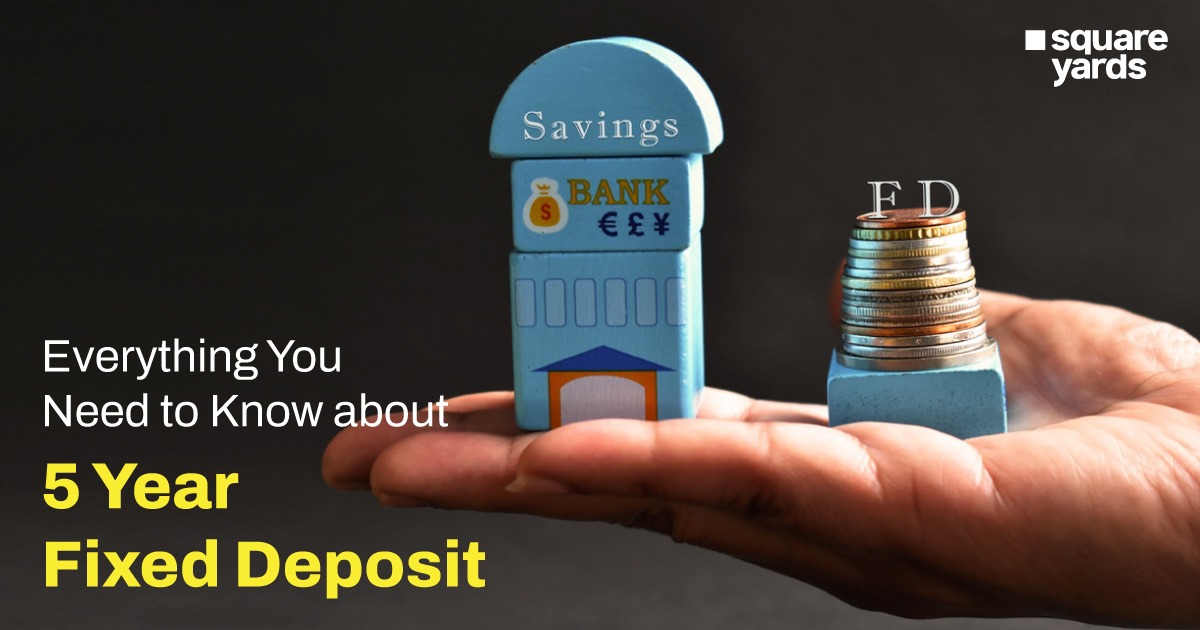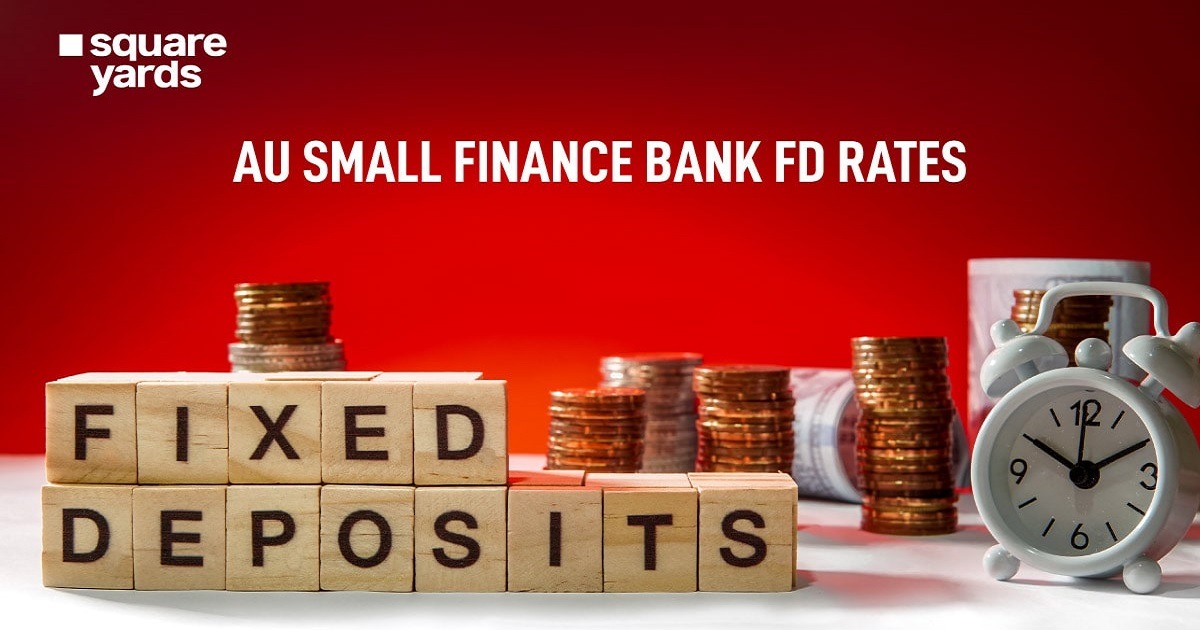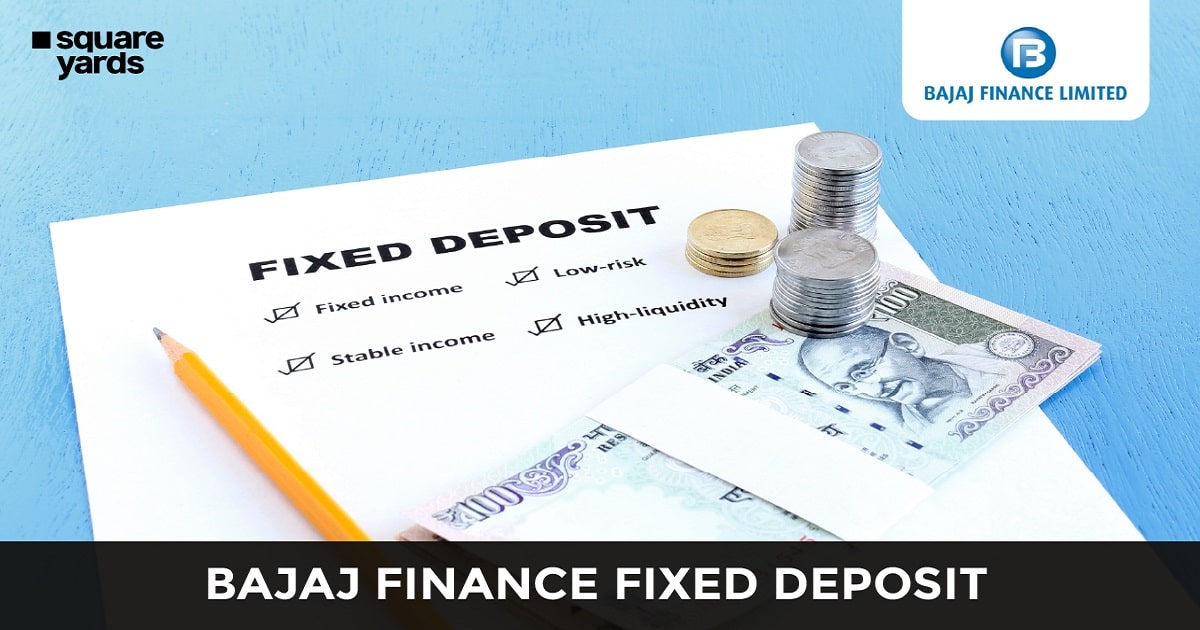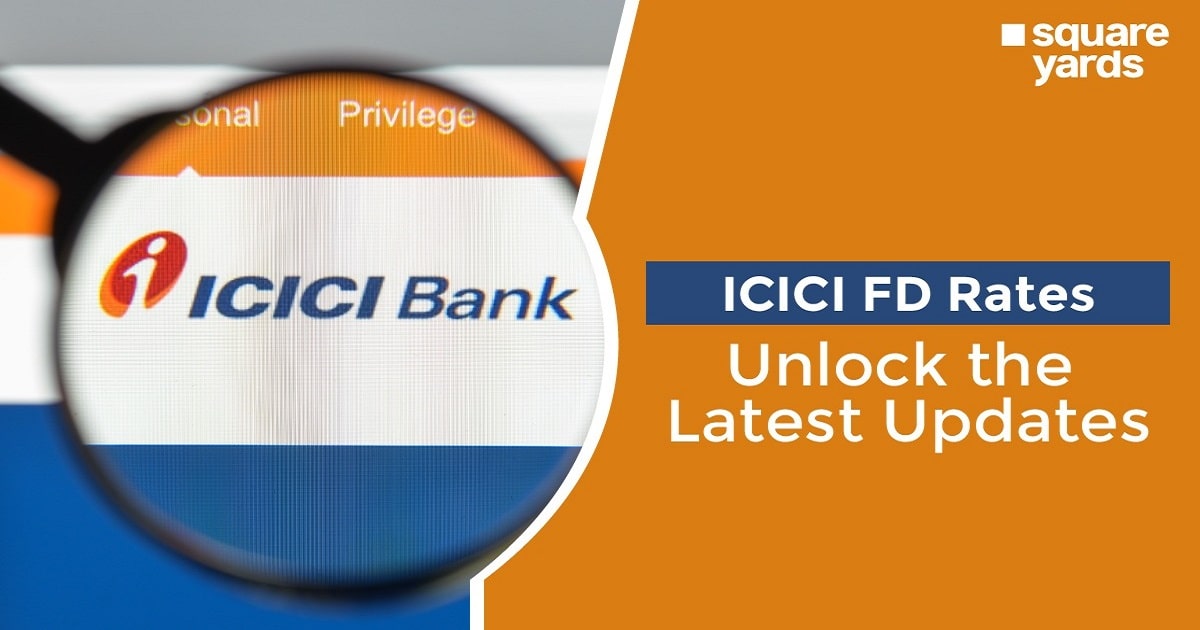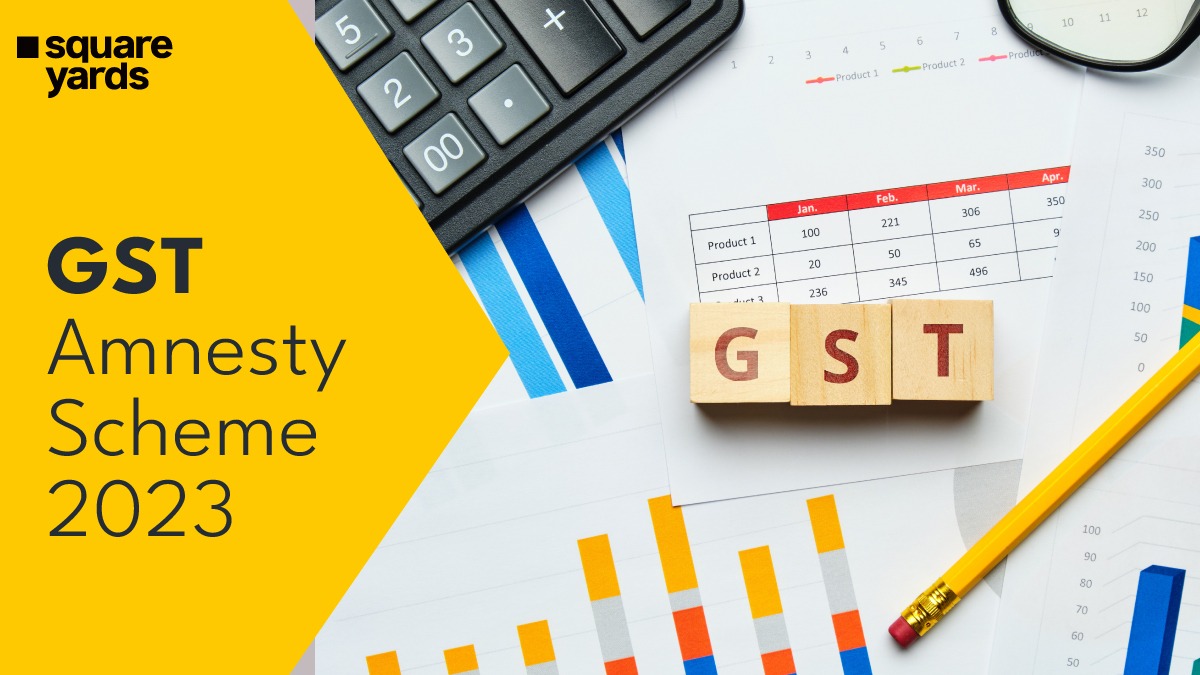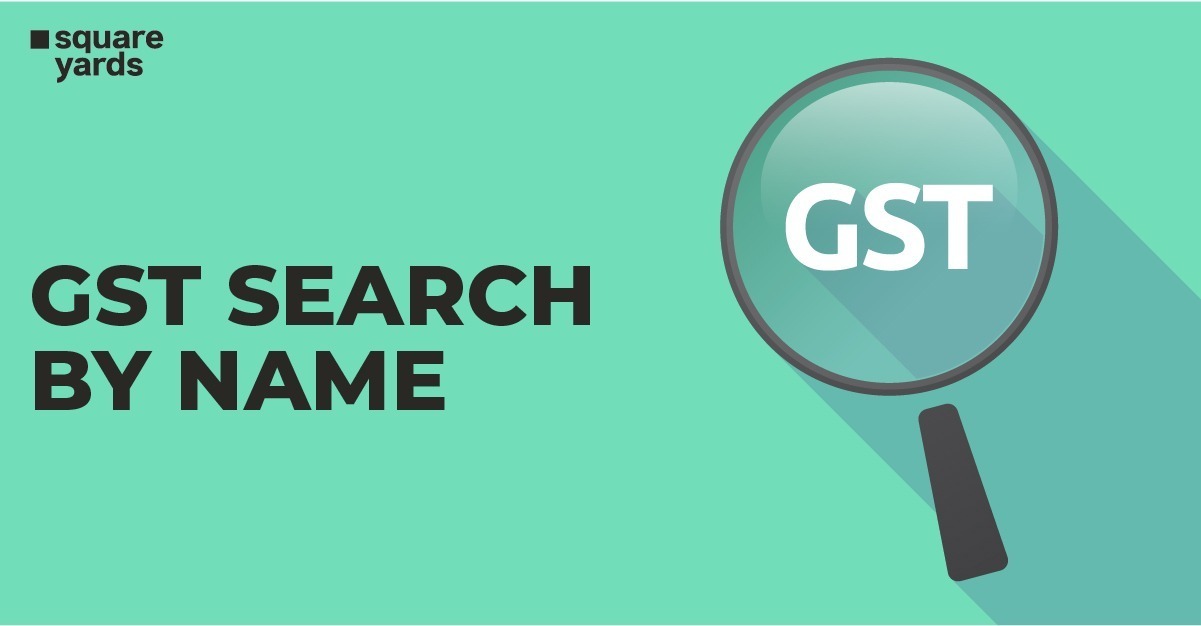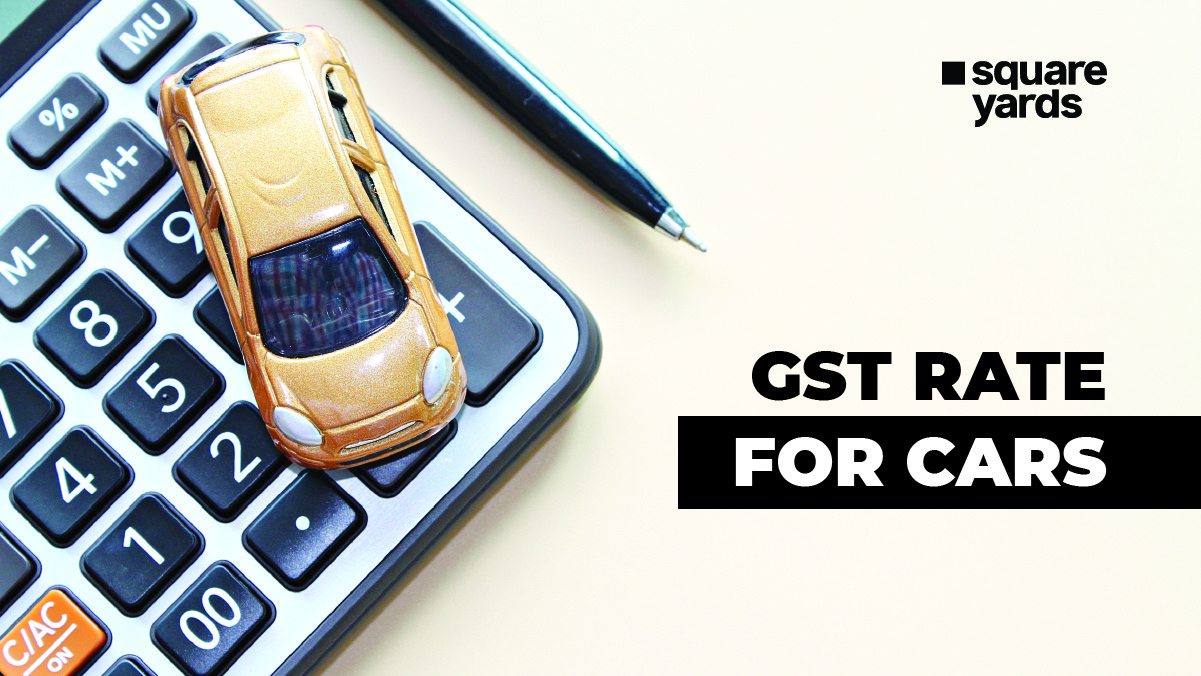The much-awaited time has arrived! Honourable Finance Minister, Nirmala Sitharaman, delivered the Union Budget 2023–24 on Wednesday. She commenced her speech by remarking, “the world has recognised India as a shining star”. Despite the world’s uncertainty, she claimed that the nation is seeing strong economic development.
This is Sitharaman’s fifth budget as finance minister and the eleventh overall for the central government under Prime Minister Narendra Modi. Amid several economic difficulties, particularly the high inflation rate, the new budget gave words on significant decisions. This budget aims to build on the framework established by previous ones.
Through this budget, the Finance Minister is expected to provide a roadmap for ‘Saptarishi’, i.e. inclusive development, reaching the last mile, infrastructure and investment, unleashing potential, green growth and youth power. In short, the Union Budget 2023 will be a defining moment for India’s growth story.
Here are the key highlights of Budget 2023-24.
Table of contents
- Budget 2023-24 Live Updates: Affordable Housing And Household, Urban and Rural Development, PMAY
- Budget 2023-24 Live Updates: GST (Goods and Services Tax), Custom Duty, Import and Export Duty
- Budget 2023-24 Live Updates: Income Tax and Personal Finance
- Budget 2023-24 Live Updates: Government Revenue and Expenditure and GDP
- Budget 2023-24 Live Updates: Economy, Stock Market and MSME and Banks
- Budget 2023-24 Live Updates: Technology, Green Energy and Future of EV Vehicle, 5G Technology
- Budget 2023-24 Live Updates: Business and Startups
- Budget 2023-24 Live Updates: Indian Infrastructure , Railways
- Summary of Union Budget 2023-24
- What is the Union Budget?
- Union Budget in Our Constitution “Article 112”
- Ministries Responsible for Budget
- How Does the Finance Ministry Plan the Union Budget?
- Budget and its Components
- States Budget
- Year Wise Union Budget of India
- Importance of the Union Budget
- Key Union Budget Documents
- Wrapping Up
- FAQ
Budget 2023-24 Live Updates: Affordable Housing And Household, Urban and Rural Development, PMAY
- Budget 2023 Live Updates: Significant Boost for Farm Sector
With a focus on sectors like animal husbandry, dairy, and fishery, Finance Minister Nirmala Sitharaman suggested increasing the farm loan objective in the Union Budget 2023 to INR 20 lakh crore. She unveiled a PM Matsya Sampada Yojana sub-plan with an investment goal of INR 6,000 crore.
- Budget 2023 Live Updates: Increase In PMAY Allocation
The 64 percent increase in funding for the PMAY to INR 79,000 crore. Earlier the PMAY allocation value clocked at INR 48,000.
Budget 2023-24 Live Updates: GST (Goods and Services Tax), Custom Duty, Import and Export Duty
- Budget 2023 Live Update: Proceedings in Taxes, Import Duty and Custom Duty
FM Sitharaman says, Government would lower import taxes on shrimp feed to encourage exports. There will be an increase on Cigarette taxes by 16%.
Compound rubber now carries a basic import tariff of 25% instead of 10%.
Basic customs duties on items manufactured from gold bars have increased.
Kitchen electric chimneys now have a 15% customs duty instead of a 7% one.
The Government has decided to reduce Customs Duty on some open-cell TV panel components to 2.5%.
Additionally, the government aims to lower the Custom Duty for several imports used in the production of mobile phones.
Budget 2023-24 Live Updates: Income Tax and Personal Finance
- Budget 2023 Live Updates: What’s Cheaper and What’s Costlier
With the government’s offer of customs tax relief for components such as camera lenses, smartphones may become more affordable.
Televisions are another category whose prices are anticipated to drop. The basic customs duty on TV panels open cells would be reduced by the government to 2.5 percent.
Cigarettes will now cost more as a result of the Center’s 16 percent hike in the calamity cess.
Imports that will cost more are electric vehicles, fake jewellery, electric kitchen chimneys, bicycles, toys, and the parts that go with them (other than parts of electronic toys).
Imports that will be affordable:
Aircraft, gold (inclusive of gold plated items with platinum), base metals/ silver, clad with gold, and scrap of precious metal.
- Budget 2023 Live Update: Cheer for Personal Finance Proposals
Women can participate in a one-time, brand-new savings programme with a two-year term that offers 7.5 percent interest with the option of partial withdrawal.
The maximum deposit amount for senior citizens will range from 15 lakh to 30 lakh.
The investment cap for modest savings programmes like Senior Citizen Savings Schemes (SCSS) was raised from INR 15 lakh to INR 30 lakh.
Investment cap for a single account under the Monthly Income Scheme (MIS) increased from INR 4.5 lakh to INR 9 lakh. The joint accounts limit has surged from INR 9 lakh to INR 15 lakh.
- Budget 2023 Live Update: Celebration Time for Taxpayers
And here is the much awaited moment…
Under the new tax system, FM Sitharaman suggests raising the cap on income tax rebates to INR 7 lakh.
The government is going to make direct tax payers’ grievance procedures better.
A person making INR 9 lakh per year will only have to pay INR 45,000.
Under the new tax system, there is no tax on income up to INR 3 lakh, a 5 percent tax on income between INR 3 lakh and INR 6 lakh, and a 30 percent tax on income over INR 15 lakh.
According to the new tax regime, an individual making INR 15 lakh will now only have to pay INR 1.5 lakh in taxes instead of INR 1.87 lakh.
The government will increase the cap on cash deposits and loans made by Primary Agricultural Credit Societies to INR 2 lakh per member.
Here is a review of the new tax slab:
| Income Range (in Lakhs p.a.) | Applicable Tax |
| INR 0 to INR 300,000 | NIL |
| INR 300,000 to 600,000 | 5% |
| INR 600,000 to 900,000 | 10% |
| INR 900,000 to 1.2 million | 15% |
| INR 1.2 million to 1.5 million | 20% |
| Above INR 1.5 million | 30% |
- Budget 2023 Live Updates: All Set for Vivad se Vishwas 2.0
To increase revenue and terminate long-standing tax and contractual issues, the Union Government has shrewdly leveraged settlement plans, which are frequently open-ended. The Vivad Se Vishwas scheme has returned in version 2.0, keeping up with the trend. When an arbitral ruling is being contested in court, the programme will resolve contractual issues between the government and government-related undertakings. The budget suggests that it is going to be a voluntary settlement plan with standardised parameters.
Budget 2023 Live Update: Education Sector Health and Artificial Intelligence
By 2025, Eklavya Modern Schools will have been established. Alongside the 157 medical colleges that have already been operating since 2014, 157 new nursing colleges will also be founded.
In prestigious academic institutions, three excellence AI centres will be created.
One hundred engineering laboratories will create apps employing 5G services.
For children and teenagers, a national digital library will be established in order to facilitate access to high-quality books from all genres, geographies, and languages.
For the 3.5 lakh indigenous pupils who will attend the 749 Eklavya Model Residential Schools, the centre will hire 38,800 teachers and support staff.
Budget 2023 Live Update: Health Sector
In the Budget 2023, Union Finance Minister Nirmala Sitharaman declared that the government would embark on a quest to eradicate sickle cell anaemia by 2047. This will involve raising awareness, screening every tribal area’s 7 crore residents between the ages of 0 and 40, and working with state and federal agencies.
Budget 2023-24 Live Updates: Government Revenue and Expenditure and GDP
- Budget 2023 Live Update: Fiscal Deficit for FY24 estimated at 5.9% of GDP
The budget deficit target for 2023–2024 has been set at 5.9 percent of GDP in the Union Budget. According to Finance Minister Nirmala Sitharaman, the budget deficit target for this year, which is 6.4 percent, will be reduced by 50 basis points.
As per the information made public on January 31, the Center’s fiscal deficit for the initial nine months of FY 2022–23 was 59.8% of the full-year objective.
The goal for the following year is in line with the 5.9 percent forecast by economists. However, some concerns have been voiced about how the medium-term aim of 4.5 percent would be met by 2025–26, particularly by international rating agencies including Moody’s Investors Service as well as Fitch Ratings.
- Budget 2023 Live Updates: 10.5% Nominal GDP Growth is Projected for FY24.
The Budget 2023, which was unveiled by the Finance Minister, stated that the government had projected nominal GDP growth of 10.5% for the fiscal year 2023–2024. The nominal GDP growth estimate matches with economists’ expectations at 10.5 percent.
- Budget 2023 Live Updates: Loss to the Treasury
These recommendations would result in the loss of approximately INR 38,000 crore in revenue (INR 37,000 crore in direct taxes along with INR 1,000 crore in indirect taxes). There will be an additional mobilisation of around INR 3,000 crore. Thus, the total revenue lost each year is almost INR 35,000 crore.
Budget 2023-24 Live Updates: Economy, Stock Market and MSME and Banks
- Budget 2023 Live Update: A Notable Step for MSMEs
The government lowers the cost of loans by injecting INR 9000 Cr into the corpus. The credit guarantee programme had a rocky beginning, but over the last two years, as banks have been encouraged to lend, the programme has assisted in reducing stress in the industry.
According to the FM, the updated Credit Guarantee Scheme for MSMEs would go into operation on April 1, 2023, with an injection of INR 9000 crore into the corpus. This will allow for an additional INR 2 lakh crore in collateral-free credit guarantees, which will allow for a 1% reduction in the cost of borrowing. Big relief for MSMEs that are still recuperating from the effects of the pandemic.
- Budget 2023 Live Updates: Proposals Put Forward in MSME Sector
Beginning on April 1, a new credit guarantee programme for MSMEs with an investment of INR 9,000 crore will be made available.
In order to encourage domestic travel, the centre will introduce the “Dekho Apna Desh” project.
To promote financial stability and efficient credit flow, the government will establish the National Financial Information Registry.
Regulators for the financial industry will be requested to conduct an exhaustive analysis of current rules.
There will be a launch of an integrated IT portal for unclaimed dividends and shares.
In IFSC Gift City, the government would also establish a single window system for registrations and approvals.
Additionally, a Central Processing Center would be established for quicker response to business filings made in accordance with the Companies Act.
She added that the Mahila Samman Saving Certificate, a one-time new small savings programme, will come into action for two years, through 2025.
- Budget 2023 Live Updates: Buzz In Finance Sector
In 2022, digital payments saw a 76% surge in transaction volume and a 91% increase in value.
In 2023–2024, financial support for digital public infrastructure (DPI) will remain in place.
There will be more room for a variety of documents to individuals in DigiLocker.
MSMEs and large corporations will be able to use DigiLocker.
Social Security as well as access to digital payments will now be included in the PM VIKAS programme.
Subsidies for UPI are anticipated to increase by two times over the previous fiscal year, to INR 2,137 crore.
For the past three years, funding for the promotion of digital payments has been constant at INR 1500 crore.
Budget 2023-24 Live Updates: Technology, Green Energy and Future of EV Vehicle, 5G Technology
- Budget 2023 Live Update: The Indian Biogas Association aiming towards “Green Growth”
The Budget prioritises the use of green building, energy, and fuel practises to lower carbon intensity and produce new green job prospects since it is focused on a “green growth” plan. The “Saptrishi,” or seven key priorities, are intended to promote environmentally friendly and sustainable economic growth. The government’s dedication to this “green growth” strategy is a step in the direction of creating a healthier and wealthier future Indian citizens. This is in line with India’s desire to take the lead in addressing the global climate catastrophe.
- Budget 2023 Live Updates: Proposals Put Forward in Energy Sector
In order to achieve the energy transition and net zero goals, the Finance Minister suggested spending INR 35,000 crore. She also identified green growth as one of the government’s top seven priorities.
The National Green Hydrogen Mission, with a budget of INR 19,700 crore, will aid in the transition of the economy to one with a low carbon intensity, lessen reliance on imports of fossil fuels, and force the nation to adopt technology and market leadership in this area.
The government will support the 4,000 MWh of battery energy storage systems’ viability gap.
There will be developed a comprehensive framework for pumped storage projects.
The construction of an interstate transmission infrastructure for the removal and grid integration of 13 GW of renewable energy from Ladakh will cost INR 20,700 crore, including INR 8,300 crore in help from the national government.
- Budget 2023 Live Update for Electric Vehicles
Fully imported vehicles, including electric cars, will be more expensive.
The custom duty on completely constructed units (CBUs) with an engine size of less than 3,000 cc for gasoline-powered vehicles and less than 2,500 cc for diesel-powered vehicles has been raised from 60% to 70%.
The customs duty on electrically powered vehicles in CBU form has also increased from 60% to 70%, with the exception of those with a cost, insurance, and freight (CIF) worth of more than USD 40,000.
Budget 2023-24 Live Updates: Business and Startups
- Budget 2023 Live Update:Applaud the Auto Industry
As per the recent words of FM Sitharaman, replacing outdated government vehicles will boost the economy. It would result in rising order books for vehicle manufacturers, higher output, and job creation. The last time this was carried out extensively in India was following the fall of Lehman Brothers, around 2008.
Budget 2023-24 Live Updates: Indian Infrastructure , Railways
- Budget 2023 Live Updates: Uplift for Infrastructure
For 2023–2024, Honourable Nirmala Sitharaman has suggested raising capital spending by 33% to INR 10 lakh crore, or 33% of GDP, for infrastructure development.
With total investment of INR 75,000 crore, inclusive of INR 15,000 crore from private sources, 100 crucial transportation infrastructure projects for the last and first-mile connectivity for ports, the coal, steel, fertiliser, and foodgrains sectors have been taken up on a priority basis.
Ministry-wise Fund Allocations
Nirmala Sitharaman also provided a sneak preview of how the budget was divided up among the several ministries. The amount of money is as stated.
- Defence Sector: INR 5.94 Lakh Crore
- Road Transport and Highways: INR 2.70 Lakh Crore
- Railways: INR 2.41 Lakh Crore
- Consumer Affairs, Food, and Public Distribution: INR 2.06 Lakh Crore
- Home Affairs: INR 1.96 Lakh Crore
- Chemicals and Fertilisers: INR 1.78 Lakh Crore
- Rural Development: INR 1.60 Lakh Crore
- Agriculture and Farmers Welfare: INR 1.25 Lakh Crore
- Communications: 1.23 Lakh Crore
Fund Allocation to Major Schemes
The following table showcases the allocation of funds towards major schemes:
| Name of the Scheme | Allocation of Funds |
| Jal Jeevan Mission | INR 70,000 Crore |
| Eklayva Model Residential Schools | INR 5,943 Crore |
| Pradhan Mantri Awas Yojna | INR 79,590 Crore |
| Scheme for Faster Adoption and Manufacturing of EV’s (FAME) | INR 5,172 Crore |
| North East Special Infrastructure Development Scheme | INR 2,491 Crore |
| Development of Pharmaceutical Industry | INR 1,250 Crore |
Union Budget 2023 Takeaways
- India to grow at 7% in the current year
- Personal income tax slabs to be reduced to 5, tax exemption up to Rs 7 lakh per year
- Capital outlay of Rs 2.40 lakh crore for Indian Railways
- Allocation for PM Awaas Yojana increased to over IN 79,000 crore
- Green hydrogen, clean energy storage and transmission to be key drivers of government’s “Green Growth”
- Three centres of excellence in Artificial Intelligence will be set up in top educational institutions
- Outlay of Rs 4,795.24 crore for the Digital India Programme announced
- Open source digital infrastructure for agriculture and an agriculture accelerator fund announced
- Centre to provide free food grains to all Antyodaya and priority households until December 2023.
- Subsidy for UPI expected to Rs 2,137 crore in FY23
Summary of Union Budget 2023-24
Nirmala Sitaramn concluded her speech for Union Budget 2023, parliament. The Finance Minister provided relief to taxpayers as they will not need to pay tax for income up to INR 7 lakhs. Major upgrades were witnessed in infrastructure, MSMEs and the energy sector. Digilocker will be made available to fintech, and there will be more room for additional documents. GDP growth in 2023-2024 is estimated to be 10.5%. The budget has been positive for taxpayers, MSMEs, rural citizens, and infrastructure.
What is the Union Budget?
The Union Budget is an outline of the government’s revenue for a financial year, which begins from 1st April of the current year and ends on 31st March of the upcoming year. The Ministry of Finance presents the budget in the month of February so that the state ministers can materialize it prior to the beginning of the new fiscal year.
Article 112 of the Indian Constitution, says that it is a comprehensive financial statement put forward by the government that describes estimated revenue sources together with the expenses for the upcoming year. Further, it is divided into two categories i.e. revenue budget and capital budget. The revenue budget enlists the revenue receipts together with the expenditure. Whereas, the Capital Budget embraces capital receipts along with the payments.
In general, the Union Budget focuses more on the crucial economic pillars including:
- Health and Wellbeing
- Physical & Financial Capital & Infrastructure
- Inclusive Development towards Aspirational India
- Reinvigorating Human Capital
- Innovation together with R&D
Additionally, the budget revolves around regulations correlated with the security market, direct taxes as well as indirect taxes. By far, since 1947, we have presented 73 annual budgets in total. In addition, the ministry has put forward 14 interim budgets together with 4 special budgets which were the need of that fiscal year.
Union Budget in Our Constitution “Article 112”
Article 112 of the Constitution of India gives words about the union budget. It states that the ḥPresident must put forward the approximate receipt along with the expenditure before the start of the new financial year. This is said to be the “annual financial statement” or “Union Budget”. Bound to this, the finance ministry has to present the new “Union Budget” on 1st February every year.
Ministries Responsible for Budget
The Finance Ministry is responsible for presenting the Union Budget in Parliament on the 1st of February. The Honourable Finance Minister read out loud the budget in Parliament in presence of State Ministers. The Union Budget 2021 was presented by former Finance Minister Nirmala Sitharaman on 1st Feb. 2021. It lasted for 2 hours from 11 a.m. to 1 p.m. It is also known as the Nirmala Sitharaman Union Budget, as she presented the same.
How Does the Finance Ministry Plan the Union Budget?
The responsible ministry plans the budget by counting on the foreseeable expenditure together with the revenue sources. These sources act as a root to generate revenue to meet the expected expenses.
In general, the government generates the required revenue through the collection of taxes, the interest component of the loan sanctioned to state governments, levied fines and fees, together with the dividends that are collected from various public sector enterprises.
The government spends this revenue on the depicted pillars:
- Security/ defence/ staff salaries
- To provide goods and services to the public
- To adhere to the laws and orders
The Indian government budget or yearly budget is put together by counting in the above-mentioned expenditures coupled with generated revenue. Considering both the factors are equally important as the same revenue will be used to meet the expenditure throughout the year. Article 112 mandates the government to present the budget before Parliament.
A financial year starts from April 1st and March 31st of the upcoming year will be the end date.
Budget and its Components
The union budget is further divided into two components. These are the Capital Budget and Revenue Budget. Both the components are equally important for the nation’s economy and ensure seamless processing of numerous tasks and schemes throughout the year.
Capital Budget
It enlists the receipts which further results in the reduction of assets for the government. Additionally, it creates a series of financial liabilities. At the same time, the capital expenditure caters to the government in the creation of more assets together with the reduction of liabilities. Thus the capital budget can be said to account for liabilities and assets at a sole place under the government.
Revenue Budget
The name says it all. The revenue budget embraces the revenue receipts along with the expenses that will be met through the generated revenue. These receipts comprise tax as well as non-tax revenue that the government earns through numerous sources.
States Budget
The Union Budget mentioned the amount that will be disbursed to each state for development in numerous sectors. This budget is termed a State Budget. The structure of “State Government Accounts “is somehow similar to the Union Government. The State Government is supposed to present a statement of anticipated receipts as well as expenditure for every fiscal year.
Each state has to mandate the depicted budget documents:
- Budget Speech
- Summary of the Proposed/ Budget at a Glance
- Detailed Demands in terms of Grants
- Comprehensive Budget Book
Year Wise Union Budget of India
Yearly Union Budget From 2018-2019 to 2020-2021
| Particulars | 2018-2019
Actuals | 2019-2020
Budget Estimates | 2019-2020
Revised Estimates | 2020-2021
Budget Estimates |
| 1. Revenue Receipts | 1552916 | 1962761 | 1850101 | 2020926 |
| 2. Tax Revenue (Net to Centre) | 1317211 | 1649582 | 1504587 | 1635909 |
| 3. Non Tax Revenue | 235705 | 313179 | 345514 | 385017 |
| 4. Capital Receipts ¹ | 762197 | 823588 | 848451 | 1021304 |
| 5. Recovery of Loans | 18052 | 14828 | 16605 | 14967 |
| 6. Other Receipts | 94727 | 105000 | 65000 | 210000 |
| 7. Borrowings and Other Liabilities² | 649418 | 703760 | 766846 | 796337 |
| 8. Total Receipts (1+4) | 2315113 | 2786349 | 2698552 | 3042230 |
| 9. Total Expenditure (10+13) | 2315113 | 2786349 | 2698552 | 3042230 |
| 10. On Revenue Account | 2007399 | 2447780 | 2349645 | 2630145 |
| of which | ||||
| 11. Interest Payments | 582648 | 660471 | 625105 | 708203 |
| 12. Grants in Aid for creation | 191781 | 207333 | 191737 | 206500 |
| of capital assests | ||||
| 13. On Capital Account | 307714 | 338569 | 348907 | 412085 |
| 14. Revenue Deficit (10-1) | 454483
(2.4) | 485019
(2.3) | 499544
(2.4) | 609219
(2.7) |
| 15. Effective Revenue Deficit
(14-12) | 262702
(1.4) | 277686
(1.3) | 307807
(1.5) | 402719
(1.8) |
| 16. Fiscal Deficit
[9-(1+5+6)] | 649418
(3.4) | 703760
(3.3) | 766846
(3.8) | 796337
(3.5) |
| 17. Primary Deficit (16-11) | 66770
(0.4) | 43289
(0.2) | 141741
(0.7) | 88134
(0.4) |
Yearly Union Budget From 2015-2016 to 2017-2018
| Budget in Crores | |||||
| 2015-2016 | 2016-2017 | 2016-2017 | 2017-2018 | ||
| Actuals | Budget | Revised | Budget | ||
| Estimates | Estimates | Estimates | |||
| Revenue Receipts | 1195025 | 1377022 | 1423562 | 1515771 | |
| Tax Revenue (Net to Centre) | 943765 | 1054101 | 1088792 | 1227014 | |
| Non Tax Revenue | 251260 | 322921 | 334770 | 288757 | |
| Capital Receipts 1 | 595758 | 601038 | 590845 | 630964 | |
| Recoveries of Loans | 20835 | 10634 | 11071 | 11932 | |
| Other Receipts | 42132 | 56500 | 45500 | 72500 | |
| Borrowings and Other Liabilities* | 532791 | 533904 | 534274 | 546532 | |
| Total Receipts (1+4) | 1790783 | 1978060 | 2014407 | 2146735 | |
| Scheme Expenditure | 725114 | 801966 | 869847 | 945078 | |
| On Revenue Account | 545619 | 601900 | 631511 | 674057 | |
| On Capital Account | 179495 | 200066 | 238336 | 271021 | |
| Expenditure on Other than Schemes (13+15) | 1065669 | 1176094 | 1144560 | 1201657 | |
| On Revenue Account | 992142 | 1129137 | 1103049 | 1162877 | |
| Of which, Interest Payments | 441659 | 492670 | 483069 | 523078 | |
| On Capital Account | 73527 | 46957 | 41511 | 38780 | |
| Total Expenditure (9+12) | 1790783 | 1978060 | 2014407 | 2146735 | |
| On Revenue Account | 1537761 | 1731037 | 1734560 | 1836934 | |
| Of which, Grants-in-Aid for Creation of Capital Assets | 131754 | 166840 | 171472 | 195350 | |
| On Capital Account | 253022 | 247023 | 279847 | 309801 | |
| Revenue Deficit (17-1) | 342736 | 354015 | 310998 | 321163 | |
| -2.5 | -2.3 | -2.1 | -1.9 | ||
| Effective Revenue Deficit (20-18) | 210982 | 187175 | 139526 | 125813 | |
| -1.6 | -1.2 | -0.9 | -0.7 | ||
| Fiscal Deficit [16-(1+5+6)] | 532791 | 533904 | 534274 | 546532 | |
| -3.9 | -3.5 | -3.2 | -3.2 | ||
| Primary Deficit (22-14) | 91132 | 41234 | 51205 | 23454 | |
| -0.7 | -0.3 | -0.3 | -0.1 |
Importance of the Union Budget
The Sole objective of the Union Budget is to put forward quick as well as balanced economic growth for the nation. To understand the importance of the Indian Government Budget or Union Budget goes through the depicted highlights:
Ensure Significant Resource Allocation
It is crucial to employ all possible resources in the best possible manner so that it can bring economic growth. Allocation of resources in an optimal manner caters to the achievement of profit maximization. Further, it helps the government to invest the funds practically in public welfare.
Reduction of Unemployment & Poverty Level
Another vital role that the Union Budget plays is, wiping out poverty. Additionally, it aims to bring more employment opportunities for the citizens. The presence of such opportunities ensures that the citizens of India can avail benefits of these opportunities to cope with day-to-day needs such as food, clothes as well as shelter. These requirements also include health care facilities and education.
Decrease Wealth Inequalities and Income Disparities
The budget aims to influence the overall income distribution with the help of subsidies as well as taxes. In addition, it makes sure that a high tax slab rate is levied on the rich class, which further results in the reduction of disposable income. At the same time, the lower-income group is levied with a lower tax rate for ensuring sufficient in-hand income to cope with daily requirements.
Keep an Eye On Prices
The Union Budget strictly monitors the ongoing economic fluctuations. Moreover, it makes sure that inflation and deflation cases are handled appropriately. It further results in economic stability. In the case of inflation, the government implements surplus budget policies, whereas deficit budget policies come into play during deflation. These policies help in the management of price maintenance and bring price stability.
Brings Change in Tax Structure
Apart from the aforementioned pointers, the Union Budget put forward possibilities in terms of direct and indirect taxes. It presents the amendments that can be made in tax brackets in a specific year.
Key Union Budget Documents
- AFS: Annual Financial Statement
- DG: Demands for Grants
- Finance Bill
- Statements that are mandatory under the Budget Management Act together with the Fiscal Responsibility. These statements include I. Macro-Economic Framework Statement and Medium-Term Fiscal Policy cum Fiscal Policy Strategy Statement.
- Other vital documents are in accordance with the mandated documents that will be put forward in the budget.
- Document associated with the Expenditure Budget
- Document associated with the Receipt Budget
- Expenditure Profile and Budget at a Glance.
- Memorandum enlisting Provisions in the Finance Bill.
- Monitoring Framework for the outcome.
Wrapping Up
After going through the above-mentioned information, it is clear that the Union Budget plays a vital role in the economic growth of India. Additionally, it ensures seamless workflow in numerous sectors. The presence of the budget helps in determining the actual sources of funds and how much to be invested in which sector to keep everything seamless.
FAQ
Who is the father of the Indian budget?
The very first Union Budget of India was put forward by James Wilson. P C Mahalanobis on 18th February 1860, and he is said to be the father of the Indian budget.
When will the Union Budget 2022 be submitted?
On 1st February 2022 the finance minister will submit the Union Budget in the Parliament.
Who passed the Union Budget for the financial year 2021-2022?
Former Finance Minister, Nirmala Sitharaman passed the first paperless union budget.
Which country has the highest budget?
The United States has the highest budget of 9,818,534 cr.
Who Presents the Union Budget?
The Finance Minister presents the Union Budget.
What is the meaning of Fiscal Year?
The fiscal year stands for the financial year that starts from 1st March of the current year and ends on 31st March of the following year.
Who presented the first union budget of independent India?
Finance minister, RK Shanmukham Chetty was responsible for presenting the first budget of Independent India.


